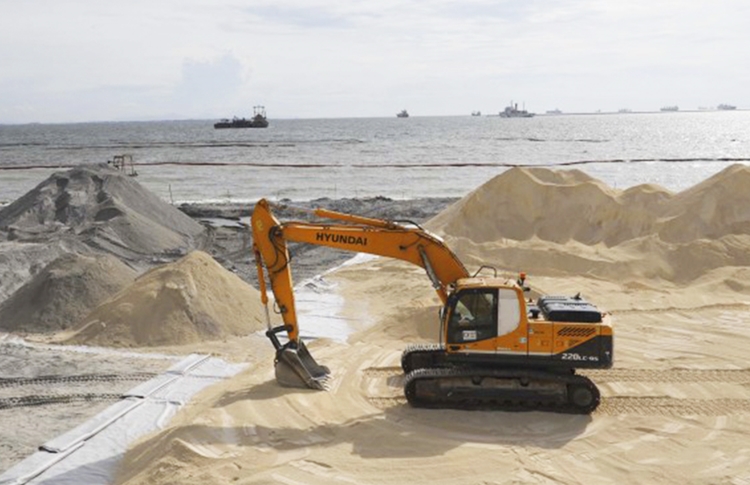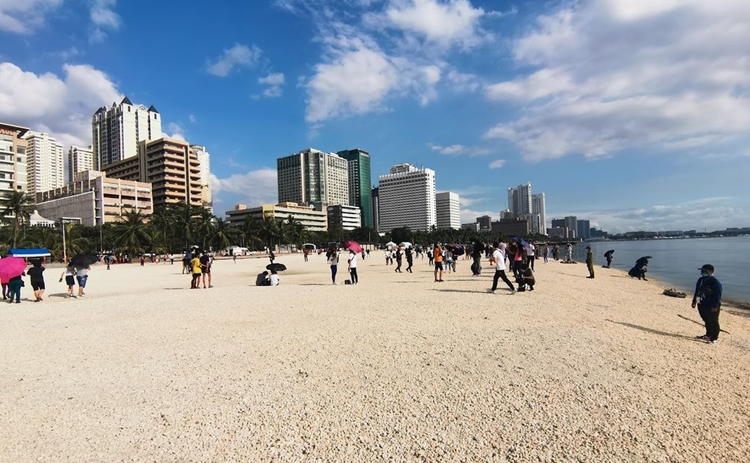Why Dolomite Beach May Be Causing Manila Floods
The Manila Bay Dolomite Beach Project is facing calls for investigation due to its alleged link to the worsening floods in Manila.
According to Bicol Saro party-list Representative Terry Ridon, the Metropolitan Manila Development Authority (MMDA), through Chairman Don Artes, confirmed that the project has directly contributed to the city’s flooding problems. Specifically, the Dolomite Beach caused blockages in three main drainage outflows—Faura, Remedios, and Estero de San Antonio Abad.
This obstruction forced rainwater to be diverted through a sewage treatment plant that is not designed to handle large volumes of water during heavy rains, worsening the flooding. The Dolomite Beach, created in 2020 under the administration of former President Rodrigo Duterte, was intended to enhance the beauty of the Manila Bay area. However, House Resolution No. 56 now seeks a formal investigation into its unintended environmental and urban impacts, as flooding in Manila continues to worsen.

Dolomite is a natural mineral made mostly of calcium and magnesium carbonate (CaMg(CO₃)₂). It usually forms in warm, shallow sea areas when limestone mixes with magnesium-rich water. Dolomite looks similar to limestone but is a bit harder and often appears pink, gray, or white. One way to tell them apart is by using acid—limestone reacts strongly, but dolomite reacts only slightly.
Dolomite is useful in many ways. It’s used in construction as crushed stone and as a source of magnesium. In farming, dolomite is turned into lime to help reduce the acidity of the soil, making plants grow better. It’s also used in making steel and glass.

In the Philippines, dolomite became well-known when crushed dolomite sand was used for the Manila Bay “white sand” project, which raised health and environmental concerns. Still, dolomite remains a vital and versatile mineral in various industries worldwide.
Related Post: Lito Atienza Hits Manila Baywalk Dolomite Beach Project
